Products Center
-
 DW15 Universal ACB BreakerDW15-1600, 2500, 6300 universal ACB breaker, mainly suitable for rated current from 630A to 5000A; Rated operating voltage AC 50Hz,380V power distribution network, used to distribute power and protect…
DW15 Universal ACB BreakerDW15-1600, 2500, 6300 universal ACB breaker, mainly suitable for rated current from 630A to 5000A; Rated operating voltage AC 50Hz,380V power distribution network, used to distribute power and protect… -
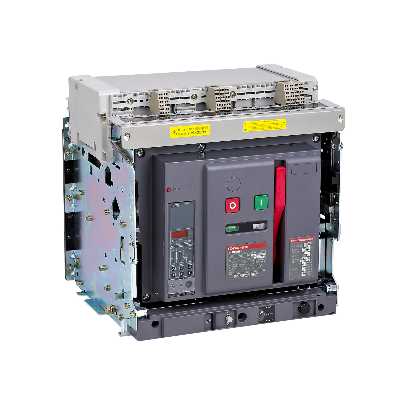 CDW6i Intelligent ACB Circuit BreakerThe rated current of CDW6i intelligent ACB series frame circuit breaker covers 400A to 6300A, and the rated working voltage AC 220V~1140V is suitable for AC 50Hz/60Hz,-40℃ ~ 70℃ environmental conditio…
CDW6i Intelligent ACB Circuit BreakerThe rated current of CDW6i intelligent ACB series frame circuit breaker covers 400A to 6300A, and the rated working voltage AC 220V~1140V is suitable for AC 50Hz/60Hz,-40℃ ~ 70℃ environmental conditio… -
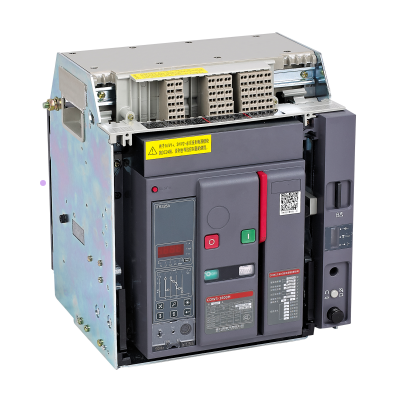 CDW3 ACB Air Circuit BreakerCDW3 ACB series frame circuit breaker has a rated current ranging 400A to 6300A, a rated operating voltage of AC 415V / 690V, suitable for AC 50Hz/60Hz, -40°C~70°C extreme environmental conditions. It…
CDW3 ACB Air Circuit BreakerCDW3 ACB series frame circuit breaker has a rated current ranging 400A to 6300A, a rated operating voltage of AC 415V / 690V, suitable for AC 50Hz/60Hz, -40°C~70°C extreme environmental conditions. It… -
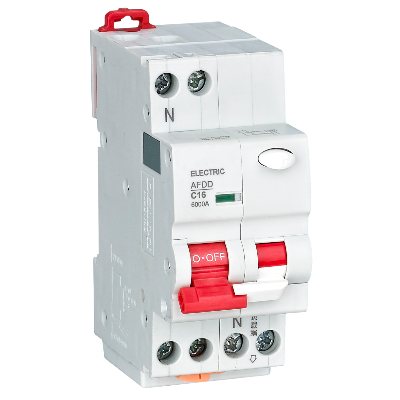 AFDD Arc Fault Detection DeviceAFDD arc fault protection circuit breaker is suitable for AC 50Hz, rated voltage 230V, rated current to 20A and below the line, used for building and similar uses of the line for over-current protecti…
AFDD Arc Fault Detection DeviceAFDD arc fault protection circuit breaker is suitable for AC 50Hz, rated voltage 230V, rated current to 20A and below the line, used for building and similar uses of the line for over-current protecti… -
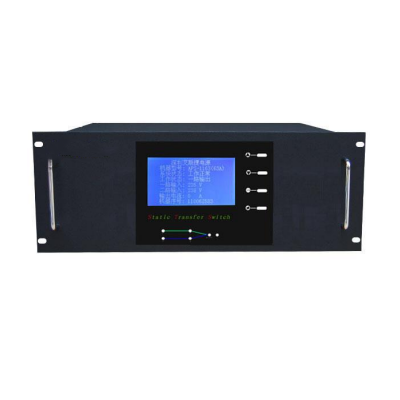 STS 4U Static Transfer SwitchSTS Static Transfer Switch is a high-performance, premium product. It boasts high-performance protection, enhancing the safety and reliability of system operations. The LCD interface design allows use…
STS 4U Static Transfer SwitchSTS Static Transfer Switch is a high-performance, premium product. It boasts high-performance protection, enhancing the safety and reliability of system operations. The LCD interface design allows use… -
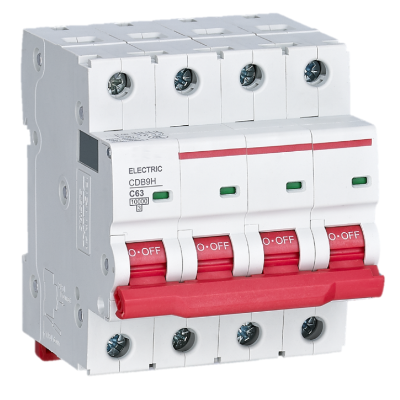 CDB9 Series Mini Breaker MCBCDB9 Series Mini Breaker MCB is suitable for low-voltage terminal power distribution in industrial, civil construction, energy and infrastructure. CDB9N,CDB9H mini breaker is suitable for AC 50HZ, ra…
CDB9 Series Mini Breaker MCBCDB9 Series Mini Breaker MCB is suitable for low-voltage terminal power distribution in industrial, civil construction, energy and infrastructure. CDB9N,CDB9H mini breaker is suitable for AC 50HZ, ra… -
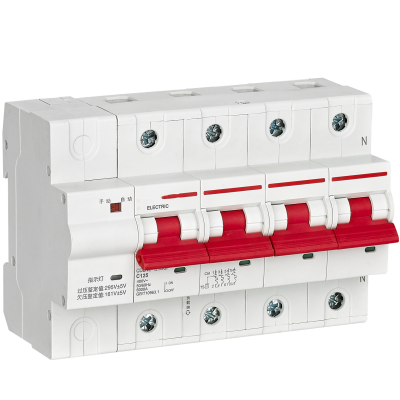 CDBNE-100/125GQF Photovoltaic BreakerCDBNE-100/125GQF photovoltaic breaker (hereinafter referred to as circuit breaker), mainly used in distributed photovoltaic household parallel cage. The circuit breaker detects and judges the voltage …
CDBNE-100/125GQF Photovoltaic BreakerCDBNE-100/125GQF photovoltaic breaker (hereinafter referred to as circuit breaker), mainly used in distributed photovoltaic household parallel cage. The circuit breaker detects and judges the voltage … -
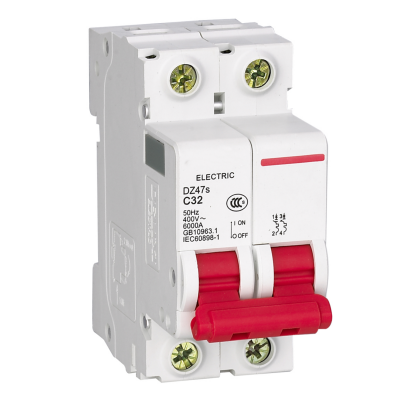 DZ47s Small Circuit Breaker MCBDZ47s is a small circuit breaker. Suitable for AC 50HZ, rated voltage AC230/400V, with overload protection, short circuit protection and control isolation and other functions. Accessories Included: Th…
DZ47s Small Circuit Breaker MCBDZ47s is a small circuit breaker. Suitable for AC 50HZ, rated voltage AC230/400V, with overload protection, short circuit protection and control isolation and other functions. Accessories Included: Th… -
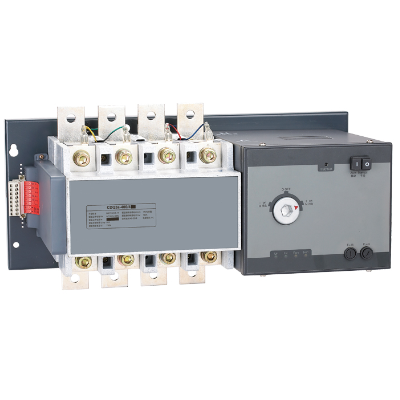 CDQ3s Generator ATS Device PowerCDQ3s Generator ATS Working principle: The CDQ3s series automatic transfer switch controller has two normal operating states: automatic mode and manual mode. (1) Automatic mode: In automatic mode, the…
CDQ3s Generator ATS Device PowerCDQ3s Generator ATS Working principle: The CDQ3s series automatic transfer switch controller has two normal operating states: automatic mode and manual mode. (1) Automatic mode: In automatic mode, the… -
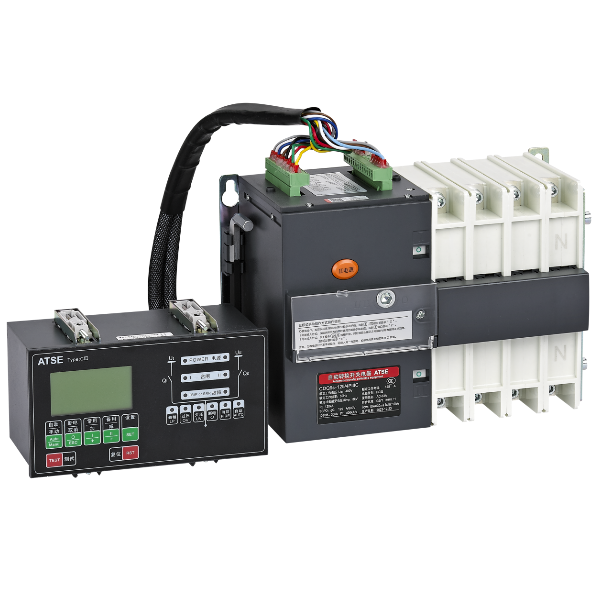 CDQ9s Dual Power ATS BreakerCDQ9s ATS breaker is suitable for AC 50Hz power distribution and power networks with a rated working voltage up to 400V and a rated current up to 800A, for systems that require a main and standby powe…
CDQ9s Dual Power ATS BreakerCDQ9s ATS breaker is suitable for AC 50Hz power distribution and power networks with a rated working voltage up to 400V and a rated current up to 800A, for systems that require a main and standby powe… -
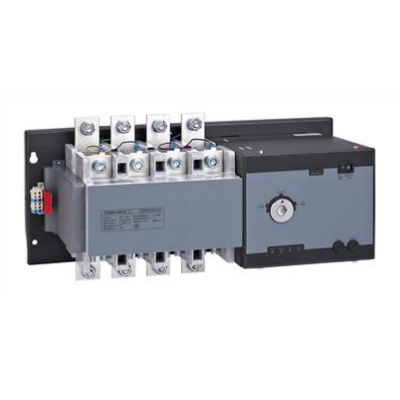 CDQ6s ATS Generator SwitchKemus is a leading provider of electrical switchgear and electronic components. Our products include circuit breakers, surge protectors, DC disconnect switch, contactors, relays, ATS and indicators fo…
CDQ6s ATS Generator SwitchKemus is a leading provider of electrical switchgear and electronic components. Our products include circuit breakers, surge protectors, DC disconnect switch, contactors, relays, ATS and indicators fo… -
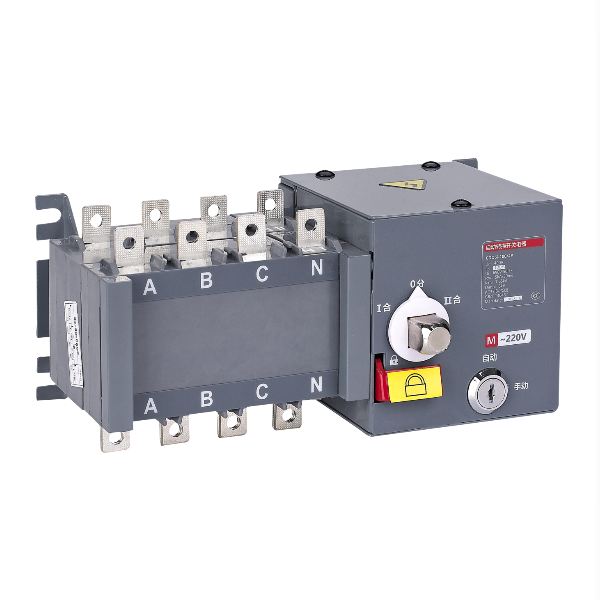 CDQ6i ATS Auto Transfer Switch EquipmentCDQ6i Series PC-level Auto Transfer Switch, suitable for AC 50Hz, rated working voltage AC400V, rated working current up to 3200A three-phase four-wire power supply and distribution system. It is also…
CDQ6i ATS Auto Transfer Switch EquipmentCDQ6i Series PC-level Auto Transfer Switch, suitable for AC 50Hz, rated working voltage AC400V, rated working current up to 3200A three-phase four-wire power supply and distribution system. It is also…


Why Choose Us
- R&D and innovation capabilities
- Manufacturing industry chain
- World-leading testing laboratory
- Perfect quality assurance system
- Global after-sales system
FAQ
-
What is Miniature Circuit Breaker MCB?MCB: Under normal circuit conditions, it can connect and disconnect the load current, and under abnormal circuit conditions (overload, short circuit, especially under short circuit), it can connect, carry for a certain period of time, and disconnect the current of the switching electrical device.
-
What is Residual Current Circuit Breaker RCCB?RCCB: In normal operating conditions, it is a mechanical switching device that connects and disconnects the load current, and under specific conditions, it disconnects the contacts when the residual current reaches a certain specified value.
-
What is Residual Current Device RCD?RCD: A protector that causes the contacts to operate and disconnect the main circuit when the residual current in the circuit reaches its specified value under specified conditions. A residual current device can be a combination of various elements that detect residual current and connect and disconnect the current in the main circuit.
-
The meaning of Residual Current.The instantaneous value vector sum (root mean square value) of the current flowing through the main circuit of a residual current device.
-
The meaning of Leakage Current.The total current between the exposed conductive surfaces of the equipment and the ground, including capacitively coupled currents.
-
What is a Contactor?A contactor is an automated control electrical device. Contactors are primarily used for frequently making or breaking AC or DC circuits. They have a high control capacity, can be operated from a distance, and when combined with relays, they can achieve timed operations, interlocking control, and various types of quantitative control. They are widely used in automatic control circuits. Their main control objects are electric motors, but they can also be used to control other power loads, such as heaters, lighting, welding machines, and capacitor banks, etc.
-
What is a Thermal Overload Relay?A thermal overload relay (hereinafter referred to as a thermal relay) works by generating heat from the current flowing through the thermal element, causing a bimetallic strip with different coefficients of expansion to deform. When the deformation reaches a certain distance, it pushes the lever to actuate, causing the control circuit to open, thereby de-energizing the contactor coil and breaking the main circuit, achieving overload protection for the motor. As an overload protection component for motors, thermal relays are widely used in production due to their small size, simple structure, and low cost.
-
What does the rated current of a thermal relay refer to?The rated current of a thermal relay is not the rated current of the thermal element, nor is it the rated current of the thermal relay contacts; it is simply the rated operating current of a specific class of thermal relays.
For any class of thermal relays, there are correspondingly several thermal elements. For example, the "20" in the JR16-20 type thermal relay indicates that the rated operating current of the thermal relay is 20A for that class. For this class, there are thermal elements numbered from 1 to 12, totaling 12 different ratings. Each thermal element has its own rated current, and the rated current of the thermal element can be adjusted within a certain range using a cam-adjusted knob. The adjustment range for the rated current of the number 1 thermal element is 0.25 to 0.3 to 0.35A.
When selecting a thermal relay, we can choose the number of the thermal element based on the rated current of the protected equipment and adjust the set current to the required value by turning the adjustment knob. Therefore, when selecting a thermal relay, the main factor to consider based on the rated current of the protected object is the number of the thermal element. Additionally, the bimetallic strip or heating element of the thermal relay is usually connected in series in the main circuit of the motor, while its contacts (normally closed contacts) are connected in series in the control circuit of the motor.
Thus, when the thermal relay operates due to overload, its normally closed contacts open, cutting off the control circuit of the motor (i.e., the contactor coil circuit), causing the contactor to release due to the loss of excitation in the electromagnet. In this way, the main circuit of the motor is interrupted, providing overload protection for the motor. It is clear that the rated current of the thermal relay is by no means the rated current of the contacts.
Generally, the long-term working current of the thermal relay contacts is only 3 to 5A, the making current is generally the same as the long-term working current, and the breaking current is only 40% to 60% of this value. If used to control a DC circuit, the allowable values of all the above currents would be much lower. -
What is the MCR self-protection of circuit breakers? What is the HSISC self-protection of UEW5 circuit breakers?MCR self-protection refers to a situation where, when the breaker IcwWhat is the fine-tuning step length of the controller for the UEW5 circuit breaker?Long-time delay protection can be adjusted with a step length of 1A, and the tripping delay time step length is 0.5 seconds. Short-time delay protection can be adjusted with a step length of 1A. Instantaneous protection can be adjusted with a step length of 10A.
Get A Free Quote
Contact us for free quotes and more professional knowledge about product. We will prepare a professional solution for you.



